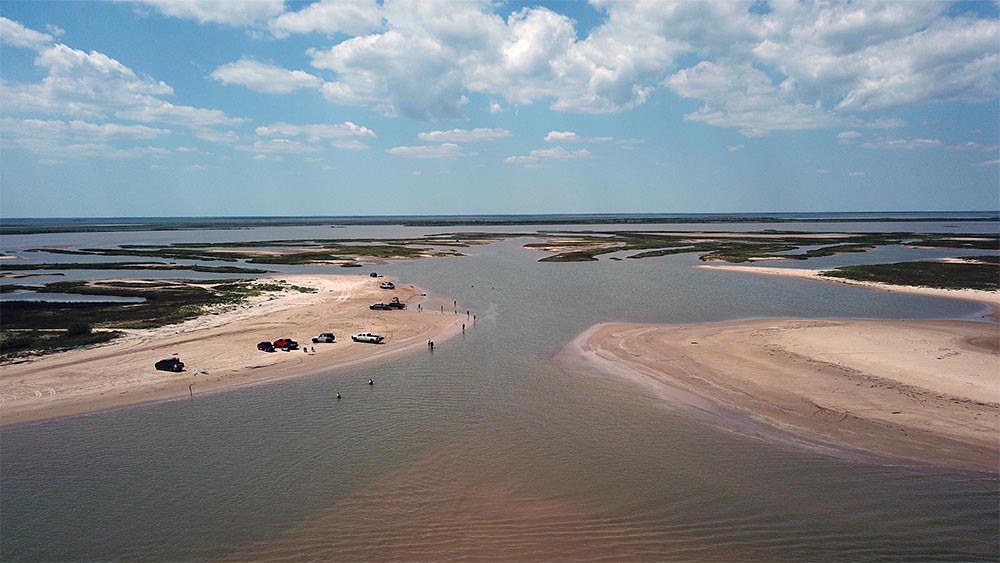
When a hurricane or tropical storm hits a coastline community, the immediate focus of people around the nation is to help the community return to normal working order as soon as humanly possible. The media then
Researchers in the Department of Ocean Engineering at Texas A&M University are working to better understand the natural adaptation of coastal ecosystems to environmental stressors like storms, rising temperatures
The topics include the exchange of sediments between the nearshore environment, the beach and the sand dunes; and the factors limiting the growth of coastal vegetation,” said Dr. Orencio Duran-Vinent, research assistant professor in the department. “We are also looking at what controls the maximum size of coastal dunes; the post-storm recovery of dunes and barrier islands; and the prediction of their medium and long-term changes resulting from the combination of waves, storms, wind-driven transport
Duran-
"The main goal is two-fold," Duran-
These natural ecosystems provide flooding protection, biodiversity, adaptation to external conditions and sustainable development for their communities. For example, coastal dunes are the natural barriers against storm impact for beaches. Their success in coastal protection depends on how tall they are at the moment of impact.
"Coastal dunes arise from the sand trapped by plants after colonizing a bare beach area, and their maximum natural size is controlled by the complex interaction of physical and biological processes near the shore," Duran-
Recovery of the dune after the storm is controlled by the war between erosive events. For example, the big waves that kill vegetation and destroy developing dunes and restorative events that deposit sediment and increase elevation. This in-turn facilitates plant establishment and wind-driven transport.
By investigating this topic, researchers can design interventions that shift the balance toward constructive restoration processes and make an effective use of the natural dynamics. The team envisions coastal protection plans that involve selective human intervention to amplify the natural protection already provided by the coastal ecosystem.
Duran-Vincent explained that this process requires three steps. The first step is to understand and explain the main characteristics of the hazards, such as hurricanes and large wave events. The second is to understand the natural response of coastal ecosystems to these types of events. Lastly, it is important to leverage current man-made structures and interventions that minimize coastal vulnerability and maximize its recovery.
The team's research is a multidisciplinary effort involving people and facilities from the ocean engineering department in College Station and Galveston, and from the ecosystems management department. Their work combines field measurements, experimental observations,
"We are currently using time-lapse photography to measure the recovery of an inlet opened by Hurricane Harvey in Cedar Lakes, at the Texas coast," Duran-
Before the storm impact, this area was a beach partially covered by vegetation, with developing and low-elevation dunes. Now, the inlet is closing rapidly and vegetation is expected to soon colonize the bare sand and start the dune-building phase. Due to the complexity of the photographs and the huge size of the collected data, the team has to go beyond manual classification and rely on advanced image analysis methods, including machine learning, to extract meaningful information from the data.
"We are also analyzing the statistical properties of large wave events to distinguish between extreme ones, like hurricanes, that can completely destroy dunes, from medium size ones that prevent or slow-down dune recovery," Duran-
This information is then included in a probabilistic model of the evolution of coastal dunes that can be extended to barrier islands.
The model can be used to estimate the natural resilience of a given coastal area under changing conditions and design and test the most cost-effective intervention and help devise a long-term sustainability strategy," Duran-
With a long-term sustainability strategy in place, the well-being of coastal ecosystems can be better maintained.